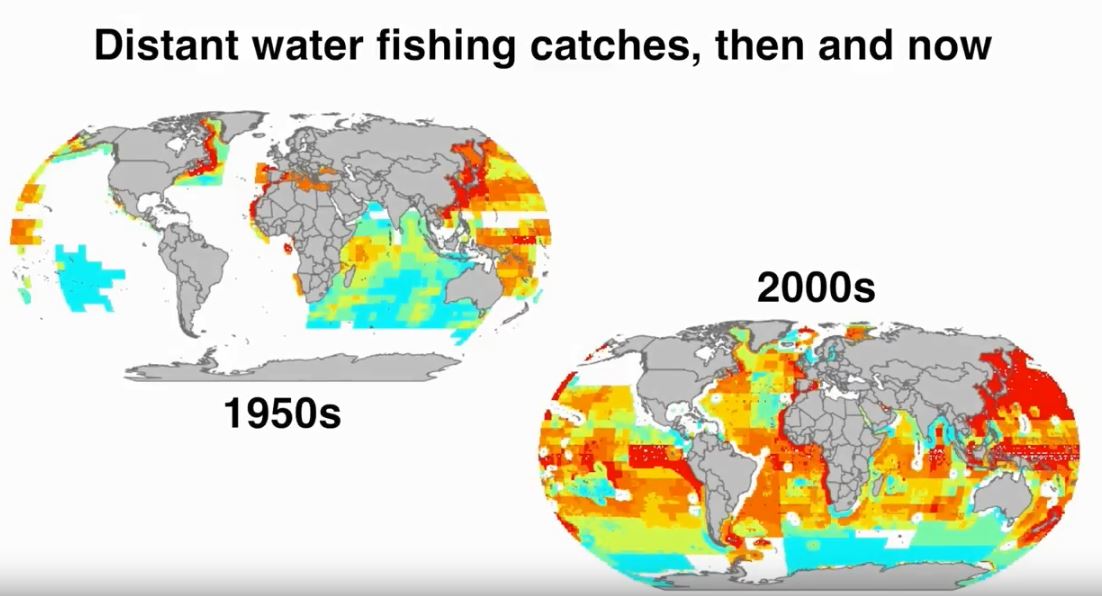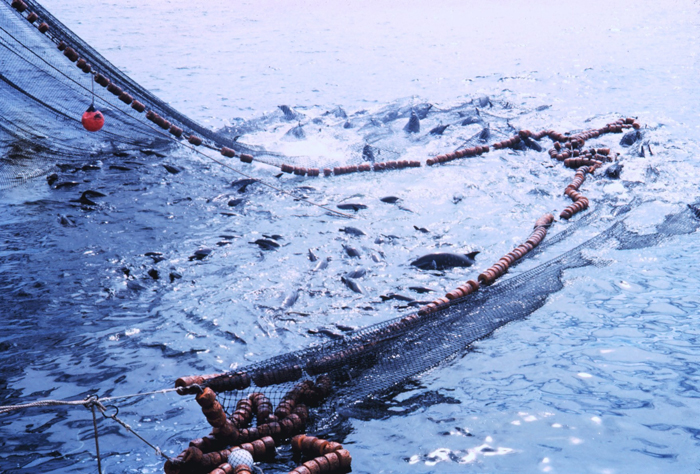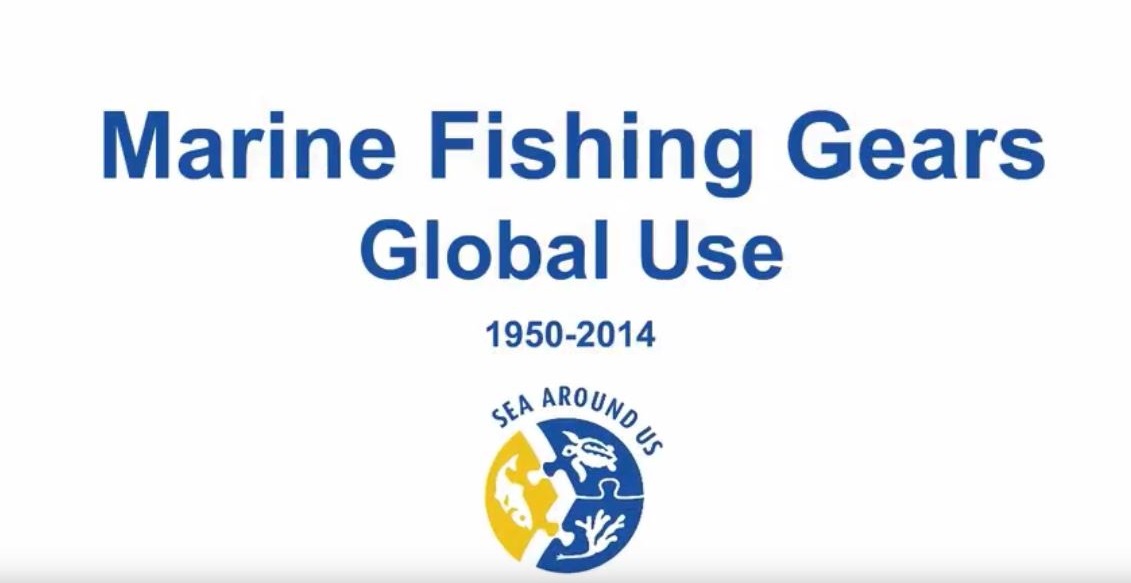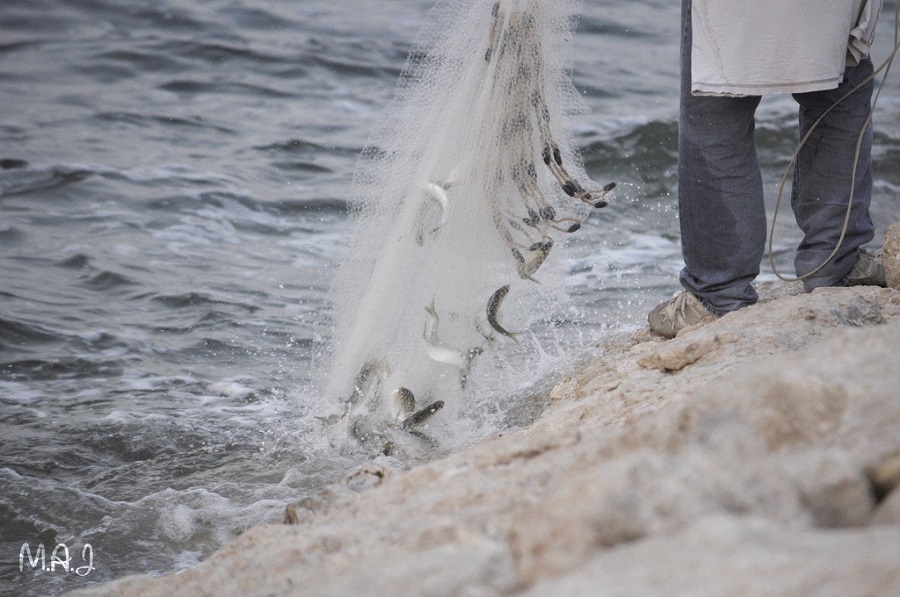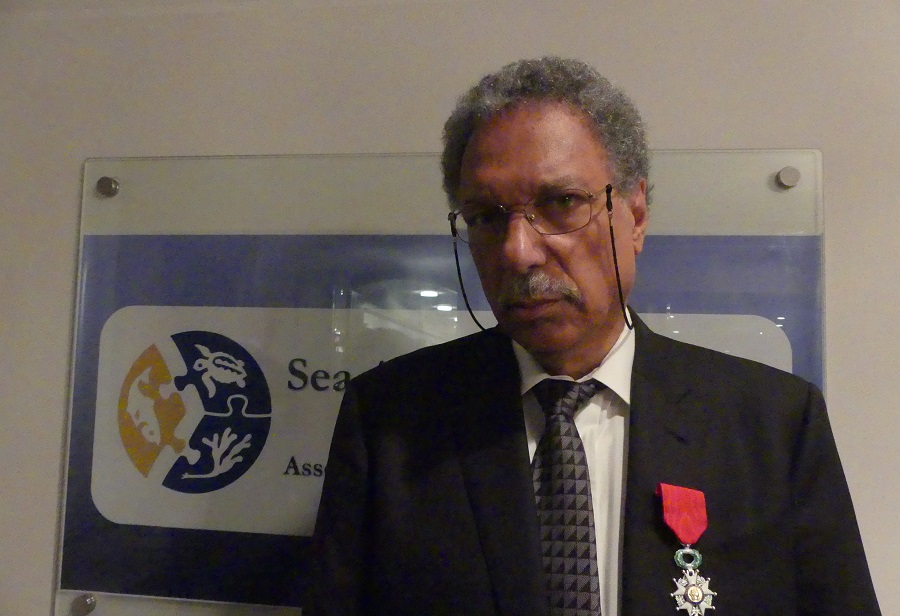By mapping the growth and spread of industrial fisheries using the Sea Around Us data, the researchers found that these global trends were dominated by the heavily subsidized fleets of a small number of countries that have increased the total area fished from 60 per cent to 90 per cent of the world’s oceans.
Category: New & Notable
Half of all high seas fishing grounds would be unprofitable without current subsidies
As much as 54 per cent of the high seas fishing industry would be unprofitable at its current scale without large government subsidies, according to a new study by researchers from the National Geographic Society; the University of California, Santa Barbara; Global Fishing Watch; and the Sea Around Us project at the University of British Columbia and the University of Western Australia.
The research, published today in the open-access journal Science Advances, found that the global cost of fishing in the high seas ranged between $6.2 billion and $8 billion in 2014. Profits from this activity range between a loss of $364 million and a profit of $1.4 billion.
437 million tonnes of fish, $560 billion wasted due to destructive fishing operations
Industrial fisheries that rely on bottom trawling to catch fish threw 437 million tonnes of fish and $560 billion overboard over the past 65 years, finds new research.
The study documents the growth in bottom trawling, a practice that results in nets full of unwanted or unneeded fish that fishers dump overboard.
Climate change to cause dramatic drop in Persian Gulf biodiversity and fisheries catch potential
The Persian Gulf may lose up to 12 per cent of its marine biodiversity in some areas before the end of the century if countries in the region do not take measures to address climate change.
According to scientists at the University of British Columbia and the University of Western Australia, a business-as-usual climate scenario will severely affect species richness off the coast of Saudi Arabia, Bahrain, Qatar and the United Arab Emirates (UAE) by the end of the century.
Daniel Pauly talks climate change and fisheries in Peru
The Sea Around Us Principal Investigator, Daniel Pauly, is in Peru attending a series of meetings this week and is scheduled to offer a couple of public talks to discuss his most recent research on climate change and global marine fisheries.
The first event will take place on Thursday, April 19th at the Universidad Nacional Agraria La Molina, where he will talk about the impact of fisheries and global warming on marine ecosystems.


